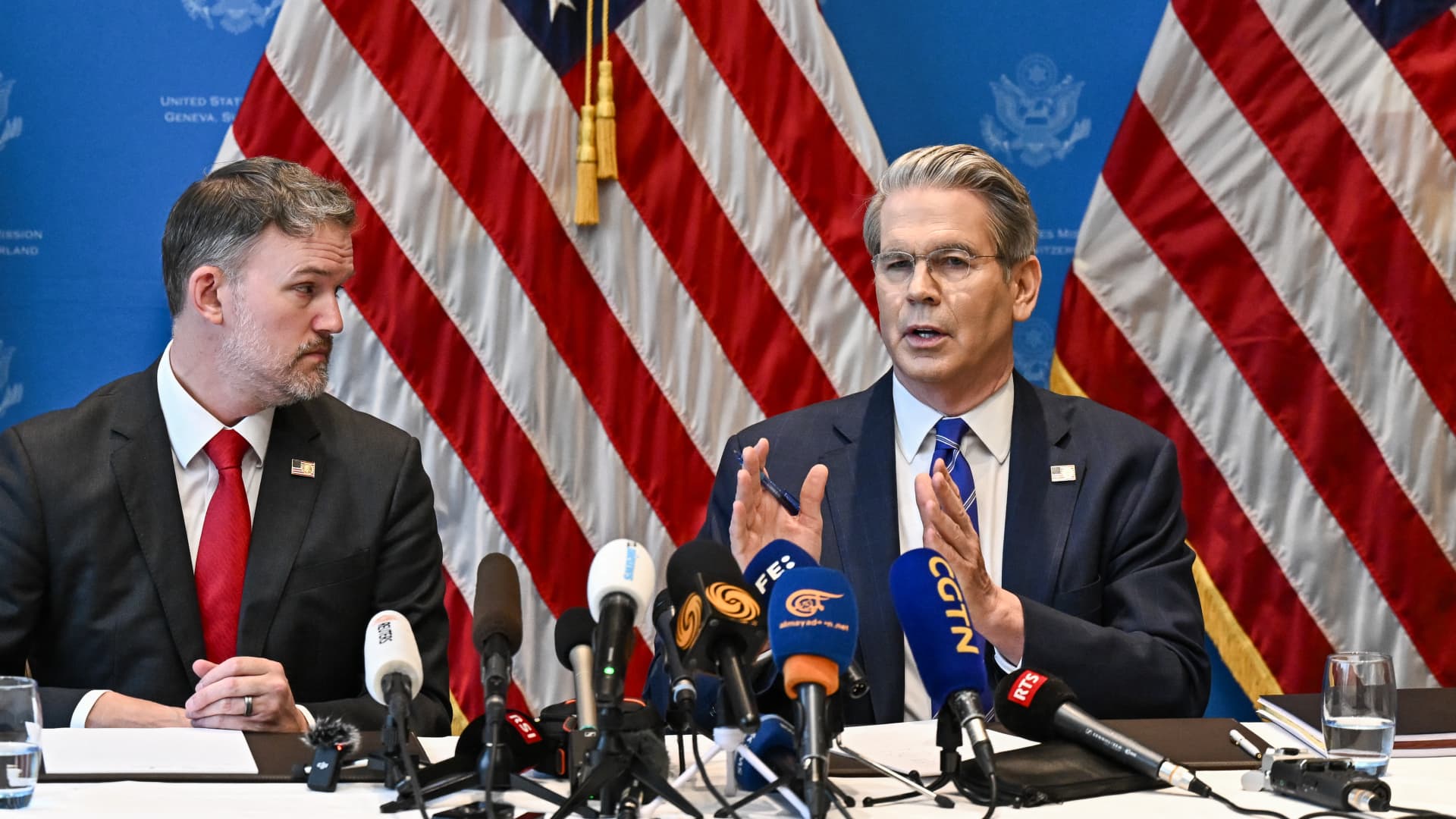The Impact of the U.S.-China Trade Deal on Global Markets
The recent U.S.-China trade deal has undeniably stirred global markets, sparking a notable rally in stock futures and igniting a wave of optimism among investors. This agreement, which temporarily reduces tariffs, has been lauded by market observers as “better than expected,” “more workable,” and even a “dream scenario.” The repercussions of this pact are extensive, influencing everything from tech stocks to broader market indices. To fully grasp the significance of this event, it is essential to delve into the market reactions, sector-specific impacts, economic implications, and the long-term outlook.
Market Reactions: A Wave of Optimism
The immediate aftermath of the U.S.-China trade deal was marked by a surge in U.S. stock futures. Nasdaq futures climbed by 3.8%, S&P 500 futures by 2.8%, and Dow Jones Industrial Average futures by 3.1%. This rally was fueled by a renewed sense of risk-on sentiment, where investors are more inclined to embrace riskier assets in anticipation of higher returns. Analysts and strategists have suggested that this deal could reignite this sentiment, benefiting various sectors, particularly those heavily reliant on global trade.
The optimism was not confined to the U.S. markets. European and Asian markets also responded positively, reflecting a global sense of relief and hope. The deal’s announcement led to a surge in European markets, with investors optimistic about the potential for increased trade and economic cooperation. Similarly, Asian markets saw substantial gains, with Japan’s Nikkei 225 jumping 8.3% and Australia’s S&P/ASX 200 soaring 4.71%.
Sector-Specific Impacts: A Closer Look
Tech and Chip Stocks: A Boost for Innovation
The tech sector, including chip manufacturers, experienced a significant boost. Companies like ASML, a supplier of critical machinery for advanced chip manufacturing, saw a surge in their stock prices. The tech industry is highly sensitive to trade policies, and the reduction in tariffs opens up new opportunities for growth and innovation. This sector stands to benefit immensely from the deal, as it facilitates easier access to global markets and reduces operational costs.
European Markets: A Surge in Optimism
In Europe, the reaction was similarly positive. The deal’s announcement led to a surge in European markets, with investors optimistic about the potential for increased trade and economic cooperation between the U.S. and China. This optimism was reflected in the performance of key European indices, which saw substantial gains. The deal is expected to boost exports and economic activity in the region, providing a much-needed impetus to the European economy.
Asian Markets: A Beacon of Hope
Asian markets also responded positively to the news. The deal’s impact was felt across various Asian economies, which have been significantly affected by the ongoing trade tensions between the U.S. and China. The reduction in tariffs is expected to boost exports and economic activity in the region, providing a much-needed boost to economies that have been struggling with the fallout of the trade war.
Economic Implications: A Balanced Approach
The economic implications of the U.S.-China trade deal are profound. China, the world’s biggest exporter, has seen a significant drop in exports to the U.S. due to steep tariff increases. The temporary cut in tariffs is expected to alleviate some of this pressure, potentially leading to a rebound in exports and a boost to China’s economy. For the U.S., the deal could lead to lower prices for consumers and increased competition, which could drive innovation and efficiency.
However, the deal is not without its challenges. The sustainability of the agreement remains a concern, as does the potential for future trade disputes. The market rally signals the end of the 2025 bear market, but the new bull phase is expected to be a grind rather than a moonshot, suggesting a more cautious and measured approach to investing.
Long-Term Outlook: Cautious Optimism
While the immediate market reaction has been positive, the long-term outlook remains uncertain. Analysts like Dan Ives from Wedbush believe that this deal is just the start of broader and more comprehensive negotiations. However, there are concerns about the sustainability of the agreement and the potential for future trade disputes. The market rally signals the end of the 2025 bear market, but the new bull phase is expected to be a grind rather than a moonshot, suggesting a more cautious and measured approach to investing.
Investors and analysts alike are cautiously optimistic, recognizing the potential for growth and innovation while remaining vigilant about potential risks. The U.S.-China trade deal serves as a beacon of hope for a more cooperative and prosperous future, but it also underscores the need for continued vigilance and strategic planning.
Conclusion: Navigating a New Era
The U.S.-China trade deal marks a significant turning point in global trade dynamics. While the immediate market reaction has been overwhelmingly positive, the long-term effects will depend on the sustainability of the agreement and the broader economic landscape. As the world navigates this new era of trade and investment, the U.S.-China deal serves as a reminder of the potential for cooperation and growth, even in the face of challenges. The path forward may be uncertain, but the deal provides a foundation for a more stable and prosperous future. The key will be to build on this momentum, fostering continued dialogue and collaboration to address the complexities of global trade.

